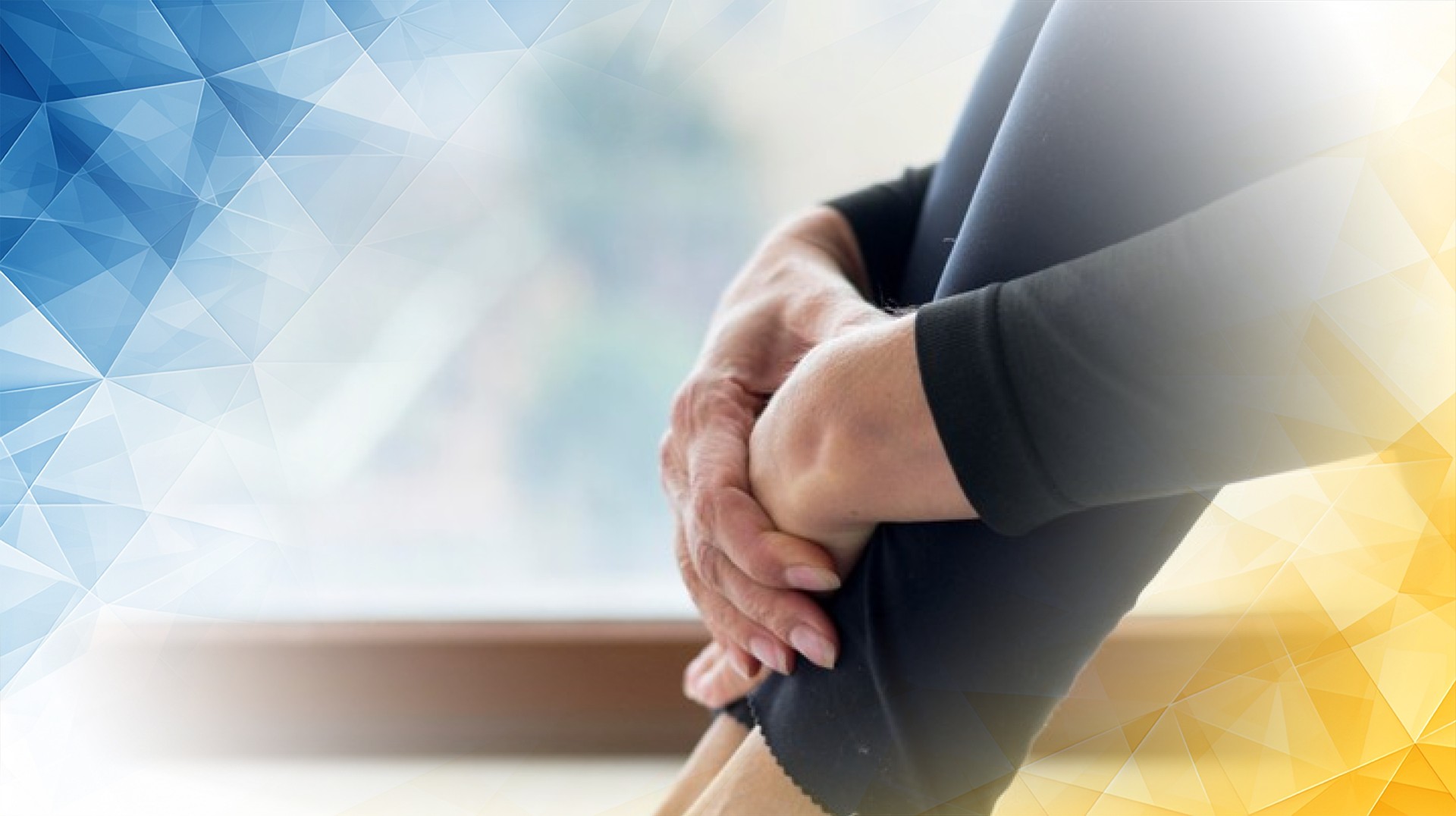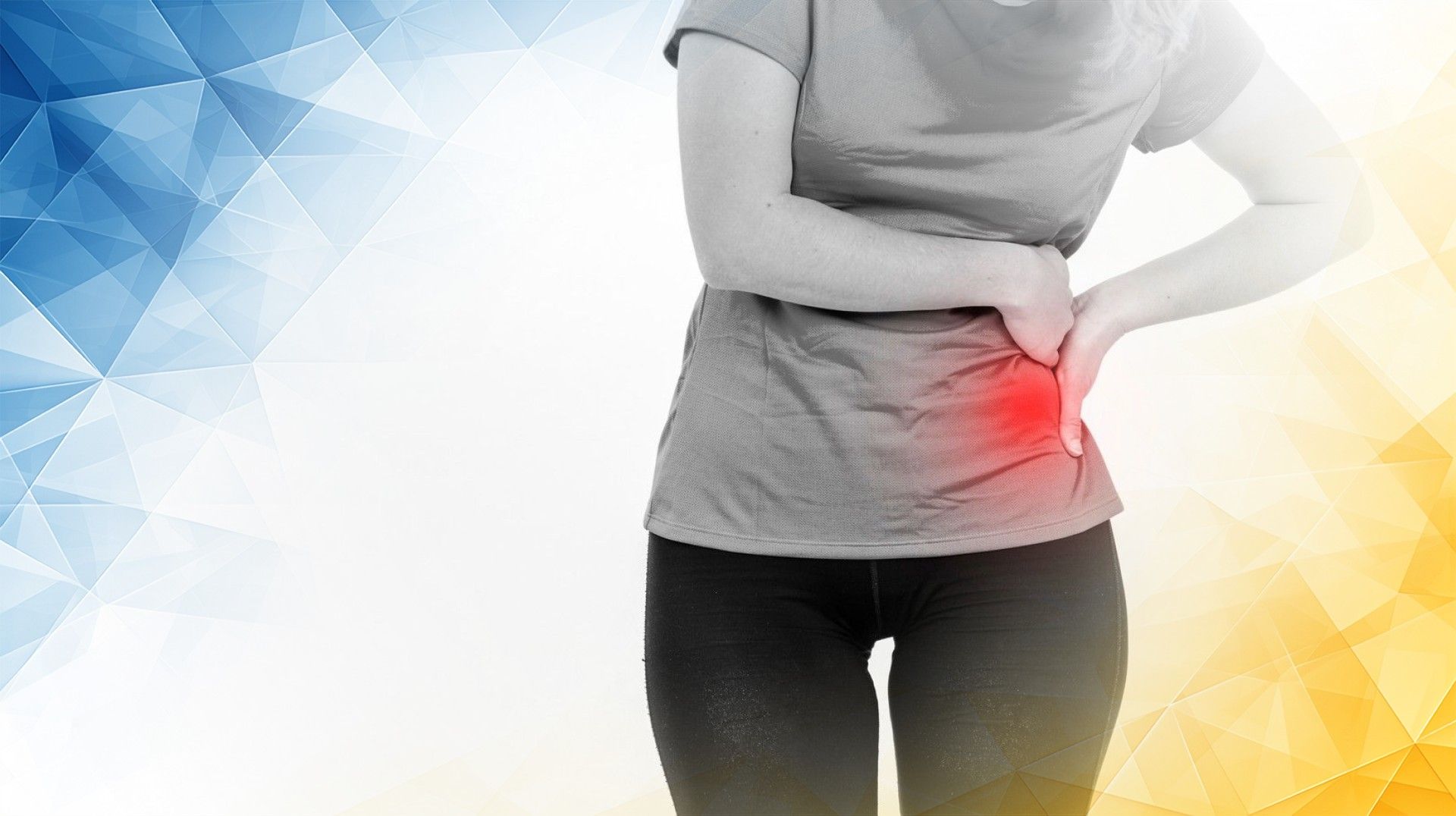



Hip flexor pain is a common problem that can make everyday actions like walking, running, or simply getting up from a chair uncomfortable. Understanding exactly where this pain is felt—and how it differs from other kinds of hip pain —can lead to a more accurate diagnosis and better treatment decisions. In this article, we’ll explore where hip flexor pain typically occurs, what causes it, and share practical advice for easing discomfort.
Your hip flexors are a group of muscles at the front of your hip that help you lift your thigh up toward your torso, such as when you bring your knee to your chest. The most important hip flexors are the iliopsoas and rectus femoris. These muscles are involved in many of your daily movements and support much of your body’s weight, so they are vulnerable to strain or injury. When these muscles become tight or overworked, pain can develop and affect your mobility.
Most people feel hip flexor pain in the front of the hip or the groin—the area where your upper thigh meets your pelvis. Sometimes, the discomfort spreads to the upper thigh or lower abdomen. Because the iliopsoas muscle connects the lower spine to the inner thigh, pain can even show up in the lower back. Recognizing these typical pain locations can help you and your healthcare provider determine if the hip flexors are to blame or if there’s another hip issue.
Research shows that activities involving repeated hip bending—such as running, cycling, or prolonged sitting—often lead to hip flexor pain . Poor posture and muscle imbalances can also put extra pressure on these muscles, increasing the risk of discomfort. Interestingly, research has found that strengthening the hip flexors and improving nerve mobility can help reduce related pain, such as in the lower back . It’s also important to know that pain location doesn’t always correspond directly to what a scan or X-ray shows—pain in the hip flexors may sometimes be mistaken for other problems, and vice versa.
Overuse is a common culprit—activities like running, cycling, or even too much sitting can strain the hip flexors. Poor posture, weak core muscles, or sudden movements can also cause these muscles to become sore or injured. Sometimes, pain radiates to nearby areas like the lower back or upper thigh. Being aware of these causes not only helps in getting the right treatment but also in preventing future flare-ups.
Not all hip pain feels the same or comes from the same place. Hip flexor pain is usually sharp or aching at the front of the hip or in the groin, while other hip problems—for example, arthritis—often cause a deep, persistent ache on the side or inside the joint. Because pain location can be misleading, paying attention to exactly where and how you hurt is key to getting the proper diagnosis and avoiding unnecessary treatments.
If you suspect hip flexor pain , start with gentle stretching and strengthening exercises focused on these muscles. Research shows that targeted hip flexor exercises and techniques to improve nerve mobility can be especially helpful. Avoid activities that make the pain worse and remember to maintain good posture , especially if you spend a lot of time sitting. Taking regular breaks during prolonged sitting can ease the strain on your hip flexors . If self-care strategies don’t bring relief or if the pain gets worse, consult a healthcare professional for personalized advice and treatment.
Hip flexor pain most often shows up in the front of the hip and groin , and understanding where and why this pain occurs can help you find effective relief sooner. Listening to your body and seeking help when discomfort doesn’t go away is the best way to ensure a fast and safe recovery.
Khan, A., McLoughlin, E., Giannakas, K., Hutchinson, C., & Andrew, J. G. (2004). Hip osteoarthritis: where is the pain?. Annals of the Royal College of Surgeons of England, 86(2), 119-121. https://doi.org/10.1308/003588404322827518
Nischal, P., Agarwal, S., & Kumar, D. (2022). Effect of hip flexor muscles strengthening and femoral nerve sliding on lumber lordosis and low back pain. International Journal of Health Sciences and Research, 12(5), 15-22. https://doi.org/10.52403/ijhsr.20220503
All our treatments are selected to help patients achieve the best possible outcomes and return to the quality of life they deserve. Get in touch if you have any questions.
At London Cartilage Clinic, we are constantly staying up-to-date on the latest treatment options for knee injuries and ongoing knee health issues. As a result, our patients have access to the best equipment, techniques, and expertise in the field, whether it’s for cartilage repair, regeneration, or replacement.
For the best in patient care and cartilage knowledge, contact London Cartilage Clinic today.
At London Cartilage Clinic, our team has spent years gaining an in-depth understanding of human biology and the skills necessary to provide a wide range of cartilage treatments. It’s our mission to administer comprehensive care through innovative solutions targeted at key areas, including cartilage injuries. During an initial consultation, one of our medical professionals will establish which path forward is best for you.
Contact us if you have any questions about the various treatment methods on offer.
Legal & Medical Disclaimer
This article is written by an independent contributor and reflects their own views and experience, not necessarily those of londoncartilage.com. It is provided for general information and education only and does not constitute medical advice, diagnosis, or treatment.
Always seek personalised advice from a qualified healthcare professional before making decisions about your health. londoncartilage.com accepts no responsibility for errors, omissions, third-party content, or any loss, damage, or injury arising from reliance on this material. If you believe this article contains inaccurate or infringing content, please contact us at [email protected].